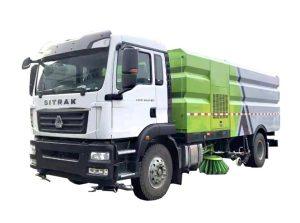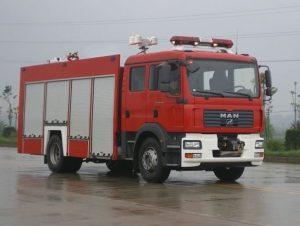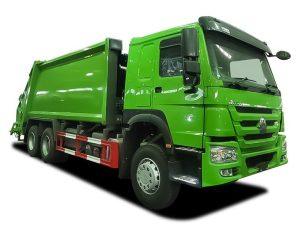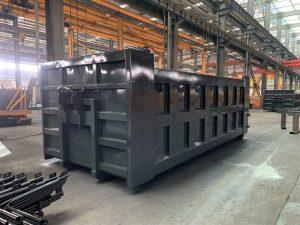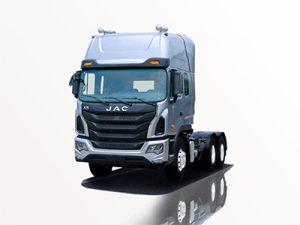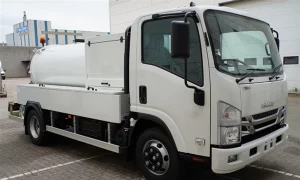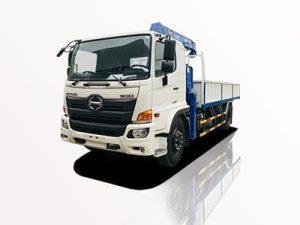Monday to Saturday - 8:00 -17:30
Understanding Fire Trucks at Airports: A Comprehensive Guide
Fire trucks are essential for ensuring safety in various environments, but their role becomes even more critical in airport settings. This article explores the various aspects of fire trucks used in airports, their types, functions, and the importance of specialized firefighting apparatuses in aviation emergencies.
The Importance of Fire Trucks at Airports
Airports are bustling hubs of activity, and with the high volume of aircraft operations, the potential risk for emergencies increases significantly. Fire trucks at airports are specifically designed to handle various fire-related incidents involving aircraft. Their unique features and capabilities distinguish them from standard fire trucks found in urban settings.
Why Are Fire Trucks Critical at Airports?
- Rapid Response: Aircraft accidents can happen in seconds, making it crucial for fire trucks to respond quickly to save lives.
- Specialized Equipment: Airport fire trucks are equipped with advanced firefighting technology to deal with aviation fires effectively.
- Extinguishing Flammable Fuels: Aircraft use large quantities of flammable fuels that require specialized firefighting strategies.
- Rescue Operations: Fire trucks at airports often play a vital role in rescue operations during emergencies.
Types of Airport Fire Trucks
Airport fire trucks can be categorized based on their size, function, and the equipment they carry. The main types include:
1. ARFF Vehicles (Aircraft Rescue and Firefighting)
ARFF vehicles are specifically designed for airport firefighting operations. These trucks are critical for combatting fires during aircraft emergencies.
Features of ARFF Vehicles
- Foam Systems: Advanced foam technology helps smother fires quickly.
- High Water Capacity: ARFF vehicles can carry thousands of gallons of water.
- Two-Stage Pumps: Powerful pumps allow for effective water and foam delivery.
2. Pumper Trucks
Pumper trucks are versatile and can be used for various firefighting duties at the airport, supporting ARFF vehicles.
Characteristics of Pumper Trucks
- Water Tanks: Pumper trucks are equipped with large water tanks.
- Hoses and Nozzles: Flexible hose systems for maximum reach.
- Rescue Equipment: Equipped with essential lifesaving tools.
3. Ladder Trucks
Ladder trucks are vital for accessing high locations, especially in crashes that involve multi-story structures or elevated aircraft.
Functionality of Ladder Trucks
- Extensive Reach: Capable of extending to significant heights to reach passengers.
- Safety Equipment: Provides safety gear for rescuers.
Firefighting Techniques Used by Airport Fire Trucks
Firefighting strategies at airports are designed to address the unique challenges presented by aircraft emergencies. The techniques include:
1. Foam Application
Using foam is critical in aviation fires as it helps reduce the heat and suffocates flammable vapors.
2. Water Application
Water is often used in conjunction with foam to cool down surfaces and control flames.
3. Rescue Operations
Firefighters are trained to execute rescue operations quickly, often using specialized equipment to move passengers from aircraft accidents.
Challenges Faced by Airport Fire Trucks
While airport fire trucks are heavily equipped, they face particular challenges during emergencies.
1. Rapid Response Time
Meeting the stringent response time requirements from emergency agencies is crucial.
2. Limited Space
Airports are crowded places, and maneuvering fire trucks to chaotic scenes can pose a challenge.
3. Complex Fire Scenarios
Fires involving large jets are complex and require extensive training and coordination among firefighting units.
Training and Safety Procedures for Airport Firefighters
Ensuring the safety of passengers and staff requires comprehensive training for airport firefighters. Some crucial components include:
1. Simulation Training
Firefighters routinely participate in simulated emergencies to prepare for real-life scenarios.
2. Equipment Familiarization
Familiarity with vehicles and tools is essential for effective operation during emergencies.
3. Communication Protocols
Effective communication enhances coordination among various emergency response units.
Case Studies: Airport Fire Incidents
Real-life incidents highlight the critical role fire trucks play at airports:
Case Study 1: Emergency Landing at Airport XYZ
During an emergency landing at Airport XYZ, the swift arrival of ARFF vehicles helped control a potential fire and ensured safe evacuation for all passengers.
Case Study 2: Delta Airlines Flight Incident
In a recent incident involving Delta Airlines, firefighters utilized foam application techniques to tackle an extensive fire, showcasing the importance of ongoing training.
Tips for Travelers Regarding Airport Safety
Below are practical tips for travelers related to airport safety:
- Stay Informed: Know the safety protocols at the airport.
- Follow Instructions: Always heed the advice of airport staff during an emergency.
- Report Suspicious Behavior: If you notice something unusual, report it immediately.
Frequently Asked Questions
1. What is the role of fire trucks during an aircraft accident?
Fire trucks play a critical role by providing rapid firefighting and rescue operations, using specialized equipment designed for aviation-related incidents.
2. How do airport fire trucks differ from regular fire trucks?
Airport fire trucks are specifically equipped to handle aviation fires, featuring higher water capacities, foam systems, and rescue tools suited for aircraft emergencies.
3. What training do airport firefighters receive?
Airport firefighters undergo extensive training, focusing on fire suppression techniques, emergency response simulations, and equipment operation to prepare for real-life emergencies.
4. How fast do airport fire trucks need to respond?
Airport fire trucks typically have a response time of 3 to 5 minutes to comply with safety regulations set by the FAA (Federal Aviation Administration).
5. What types of incidents do airport fire trucks respond to?
In addition to aircraft fires, airport fire trucks respond to fuel spills, emergency landings, and any incidents involving hazardous materials.
6. Are airport fire trucks equipped for medical emergencies?
Many airport fire trucks carry basic medical equipment and personnel trained in first aid to provide immediate assistance during emergencies.


